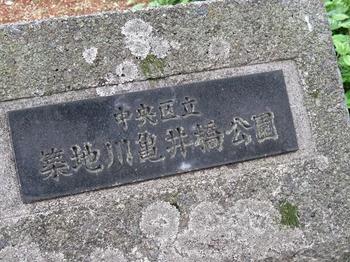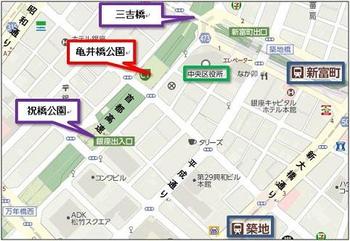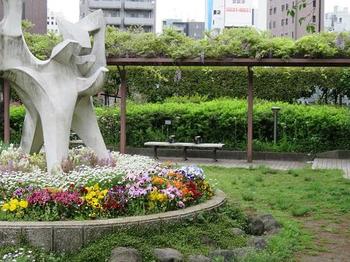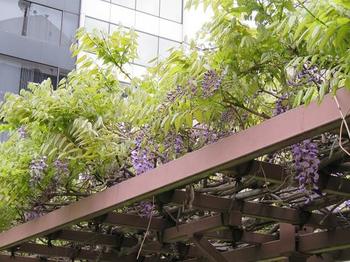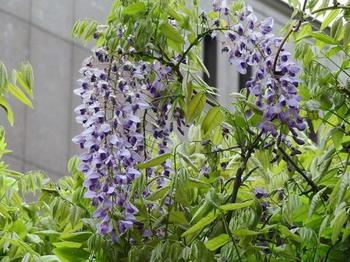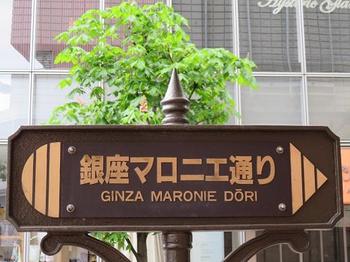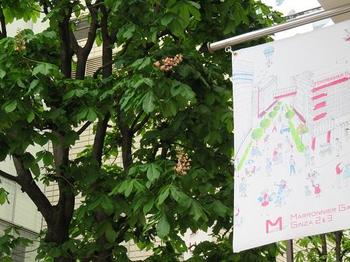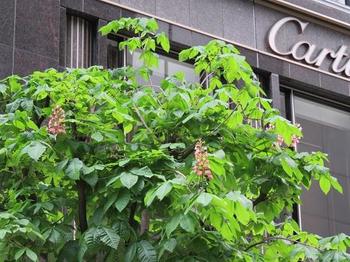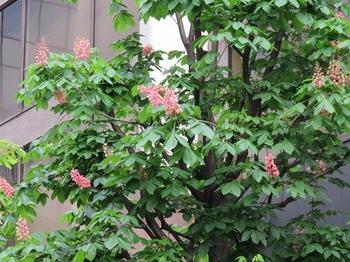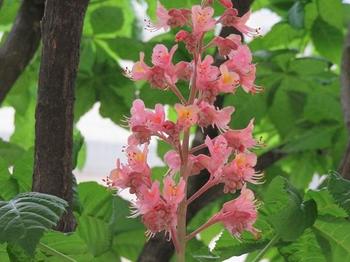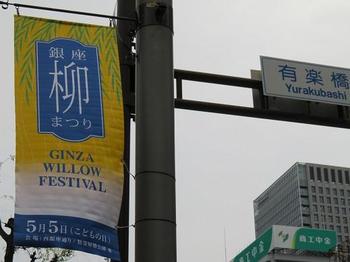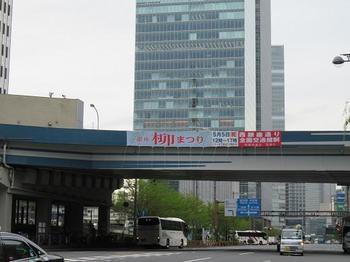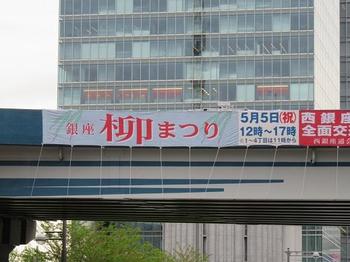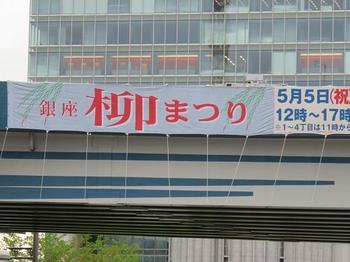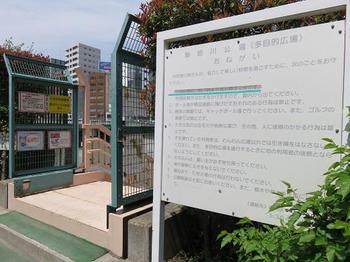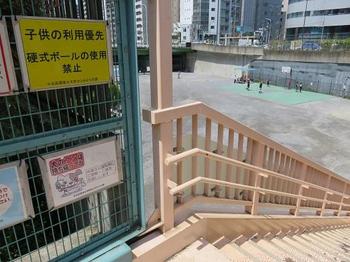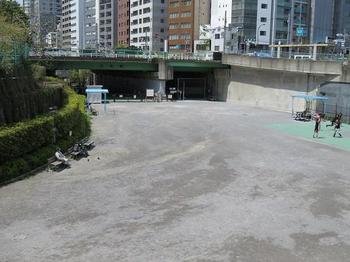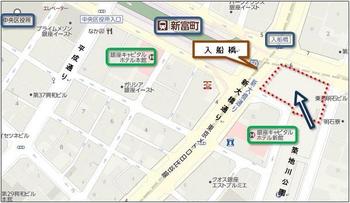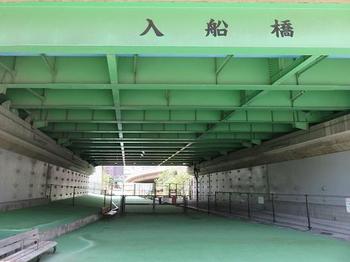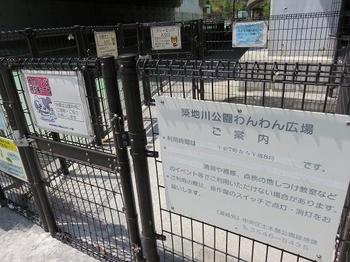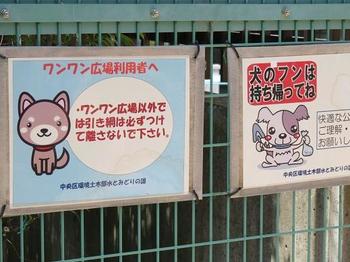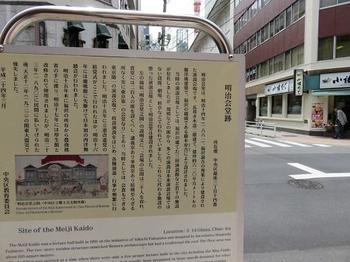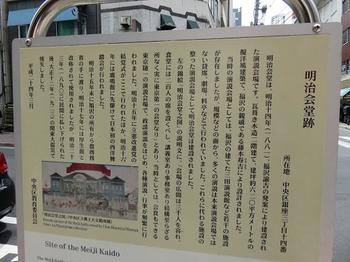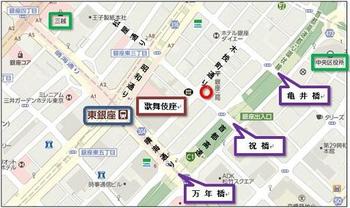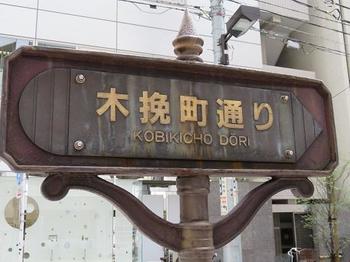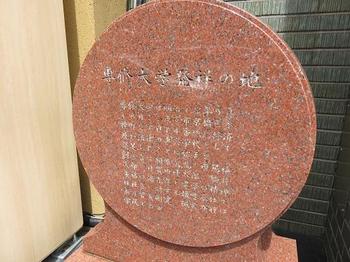Application for participation in the annual “Yuyu Course” is currently being accepted.
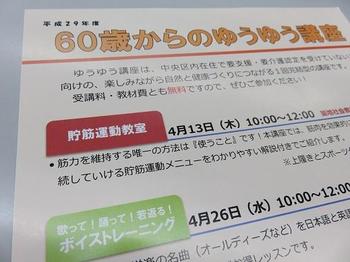
This is an event held at three Social Education Centers in Chuo-ku, and is a one-time course.
Voice training, bath essence making, brain training / brain activity, pilates, origami, etc. are diverse, and they can participate happily, leading to nature and health promotion.



Target person is "resident in ward 60 years or older who does not receive support, nursing care certification"
Fees are free for both tuition and teaching materials.



The application method is accepted on a first-come, first-served basis from 9:00 am on the 11th of the previous month of the desired course month at the window of the three Social Education Centers or by telephone.
It will be closed as soon as the capacity is reached.
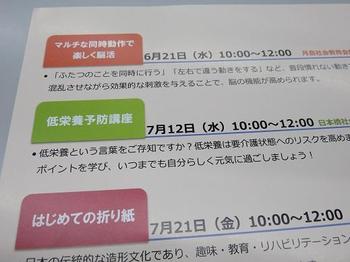
The courses scheduled to be held by July are as follows.
By the way, as of April 19, voice training (held on April 26) and aromatherapy (held on May 11) have reached capacity, so it seems that reception has been closed.



〇 Wednesday, April 26 10:00 to 12:00
"Sing! Dance! Rejuvenate! Voice Training (Nihonbashi Social Education Center, 60 people)
(first come, first served) Applications were accepted from March 11 (Saturday), and the capacity was reached and the application was closed.
〇 Thursday, May 11 10:00 to 12:00
"Aromatherapy to Heal the Heart" (Tsukiji Social Education Center 60 people)
(first come, first served) Applications will be accepted from April 11 (Tuesday), and the capacity will be reached and the application will be closed.
 Saturday, May 20 10:00 to 12:00
Saturday, May 20 10:00 to 12:00
"Brain training in kanji" (Tsukiji Social Education Center 60 people)
(first come, first served) Applications are being accepted from April 11 (Tuesday).
 Tuesday, June 6 10:00 to 12:00
Tuesday, June 6 10:00 to 12:00
"Walking and Recognition Pilates" (Tsukiji Social Education Center 60 people)
(first come, first served) Applications are scheduled to be accepted from May 11 (Thursday).
 Wednesday, June 21 10:00 to 12:00
Wednesday, June 21 10:00 to 12:00
"Multi-Simultaneous Operation and Fun Brain Activity" (Tsukishima Social Education Center 60 people)
(first come, first served) Applications are scheduled to be accepted from May 11 (Thursday).
 Wednesday, July 12 10:00 to 12:00
Wednesday, July 12 10:00 to 12:00
“Prevention of Undernutrition” (Nihonbashi Social Education Center, 60 participants)
(first come, first served) Applications are scheduled to be accepted from June 11 (Sun).
 Friday, July 21 10:00 to 12:00
Friday, July 21 10:00 to 12:00
"First Origami" (Tsukiji Social Education Center, 60 people)
(first come, first served) Applications are scheduled to be accepted from June 11 (Sun).
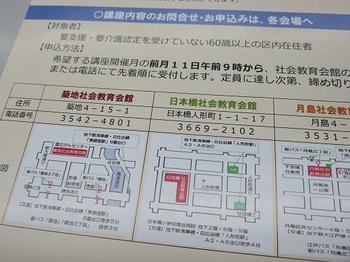
For health promotion and purpose of life, please apply positively and participate in "Yuyu course"
Click here for the website of Chuo Ward Social Education Center ⇒
http://chuo-shakyo.shopro.co.jp/
Click here for Chuo-ku's website regarding "Yuyu Course" ⇒
http://www.city.chuo.lg.jp/kusei/kohokotyo/koho/h28/290311/04_03/index.html






![]()
![]() the cherry blossom season is over, the wisteria trellis in the same park will bloom.
the cherry blossom season is over, the wisteria trellis in the same park will bloom.![]()
![]()
![]()
![]()
![]()
![]()
![]()
![]()
![]()
![]()
